Home>Interior Design>20 Design Ideas For Ceilings That Add Character To Rooms
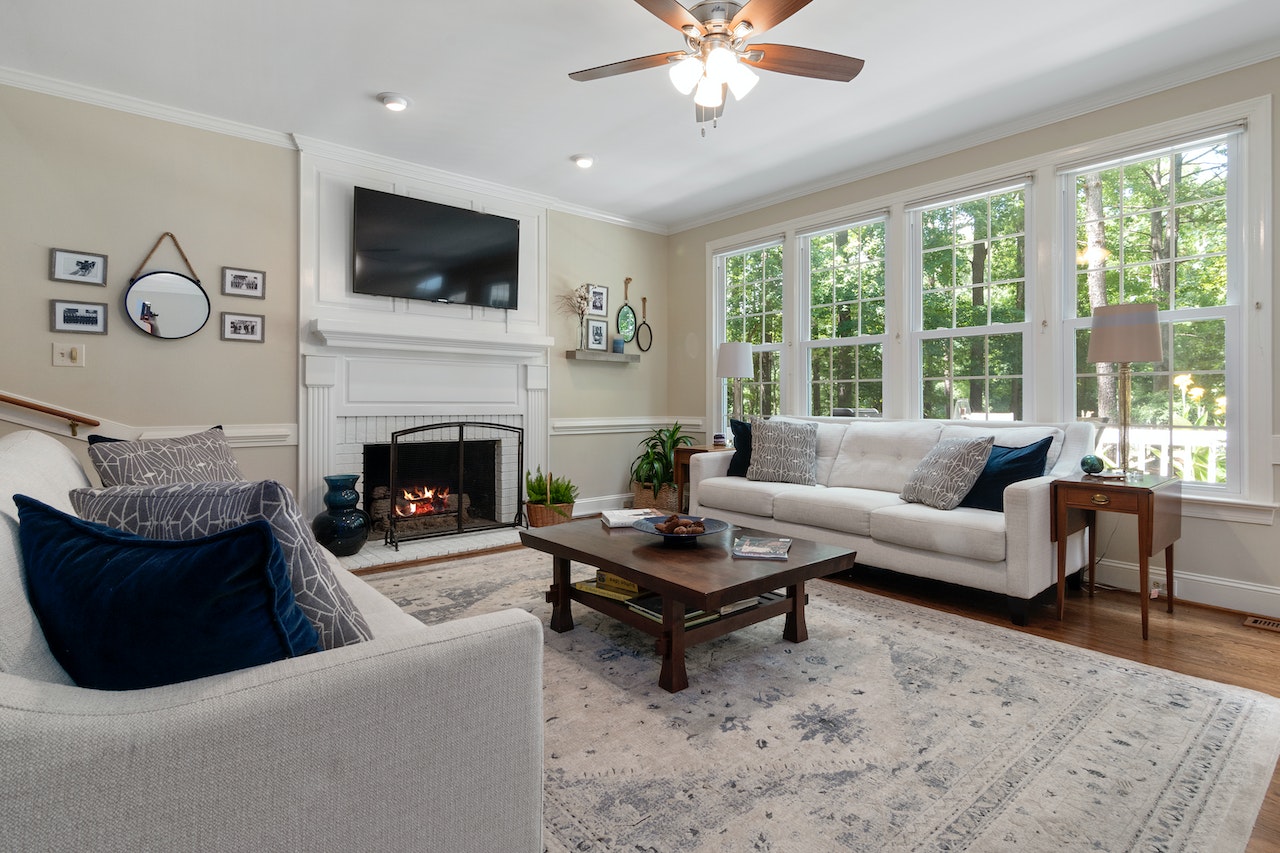

Interior Design
20 Design Ideas For Ceilings That Add Character To Rooms
Modified: October 20, 2024
Discover 20 stunning interior design ideas that will elevate your room's style with unique and captivating ceiling designs. Create character and make a statement now!
(Many of the links in this article redirect to a specific reviewed product. Your purchase of these products through affiliate links helps to generate commission for Storables.com, at no extra cost. Learn more)
Introduction
When it comes to interior design, the ceiling is often overlooked as a design element. However, a well-designed ceiling can add character and charm to any room, elevating the overall aesthetic and creating a unique atmosphere. From coffered ceilings to statement chandeliers, there are countless design ideas that can transform an ordinary ceiling into a stunning focal point.
In this article, we will explore 20 design ideas for ceilings that add character to rooms. Whether you’re renovating your home or looking for inspiration for a new project, these ideas will help you reimagine your ceiling and create a space that is both visually striking and functional. So let’s dive in and discover the possibilities!
Key Takeaways:
- Elevate your space with 20 stunning ceiling design ideas, from coffered ceilings to fiber optic star ceilings, each offering unique ways to add character and charm to any room.
- Transform your ceilings into works of art with timeless elegance, modern allure, and immersive experiences, creating captivating focal points that leave a lasting impression.
Coffered Ceilings
Coffered ceilings are a classic and elegant design feature that can instantly elevate the look of any room. This type of ceiling consists of a grid of recessed panels, often with decorative trim or molding, creating a sense of depth and architectural interest.
Coffered ceilings can be customized to suit various design styles, from traditional to modern. They add visual interest to large, open spaces such as living rooms or dining areas, but can also be scaled down to fit smaller rooms like home offices or bedrooms.
One of the main advantages of coffered ceilings is their ability to create the illusion of a higher ceiling. The recessed panels draw the eye upward, making the room feel more spacious and grand. They also provide an opportunity to incorporate other design elements, such as lighting fixtures or ceiling fans, into the ceiling design.
When it comes to materials, coffered ceilings can be made from a variety of options. Wood is a popular choice, as it adds warmth and richness to the space. However, if you prefer a more contemporary look, you can opt for materials like metal or even faux finishes that mimic the look of wood.
Whether you choose a simple grid pattern or a more intricate design, coffered ceilings are sure to make a statement in any room. They add a touch of elegance and sophistication, creating a sense of luxury and refined craftsmanship.
To highlight the beauty of coffered ceilings, consider painting them in a contrasting color to the walls or using a glossy finish to reflect light and create a dramatic effect. This will draw attention to the ceiling and make it a true focal point of the room.
If you’re looking to transform your space with timeless elegance and architectural charm, consider incorporating coffered ceilings into your design plan. They will add character and visual interest to your room, taking it from ordinary to extraordinary.
Exposed Beams
Exposed beams are a design feature that brings a touch of rustic and industrial charm to any space. They showcase the structural elements of a building and add a sense of authenticity and character to the ceiling.
These beams can be made of various materials, including wood, metal, or even reclaimed materials. They can be left in their natural state or painted to match the overall color palette of the room. Either way, exposed beams create a visually appealing contrast against the ceiling, making it a standout feature.
When incorporating exposed beams into a room’s design, it is essential to consider the overall style and ambiance you want to achieve. For a more traditional or farmhouse look, opt for wooden beams with natural textures and finishes. These beams can be left rough-hewn or sanded and stained for a smoother and more polished appearance.
If you’re aiming for an industrial or contemporary aesthetic, consider using metal beams or structural elements. These materials will add an edgy and modern vibe to your space. Mixing different materials, such as wood and metal, can also create a unique and eclectic look.
Exposed beams not only add visual interest to the ceiling but also have functional benefits. They can create the illusion of higher ceilings, making the room feel more spacious and open. In addition, beams can be used to hide electrical wires or support fixtures such as pendant lights or ceiling fans.
To enhance the impact of exposed beams, consider incorporating other design elements that complement their style. For example, you can use natural materials in the furniture, such as reclaimed wood tables or leather upholstery, to create a cohesive and harmonious look.
Exposed beams work well in various rooms, from living areas and kitchens to bedrooms and offices. They bring a sense of warmth and authenticity to the space, creating a cozy and inviting atmosphere.
Overall, exposed beams are a versatile and visually intriguing design feature for ceilings. By incorporating them into your interior design, you can add character and charm to your space while embracing the beauty of structural elements.
Statement Chandeliers
A statement chandelier is a surefire way to make a bold and glamorous statement in any room. These grand lighting fixtures can transform an ordinary ceiling into a dazzling focal point, adding sophistication and style to your space.
Statement chandeliers come in a variety of styles, sizes, and materials, allowing you to find the perfect fit for your design vision. Whether you prefer a classic crystal chandelier, a modern minimalist design, or a rustic farmhouse-inspired fixture, there is an option to suit every taste.
When choosing a statement chandelier, consider the size and scale of your room. You want the chandelier to be proportionate to the space, neither overwhelming nor underwhelming. For larger rooms with higher ceilings, you can opt for a more elaborate and larger chandelier. In smaller rooms, a smaller yet still impactful chandelier can create a stunning visual effect.
The placement of the chandelier is also crucial. Most commonly, statement chandeliers are hung in the center of a room, above a dining table, or in a grand foyer. However, don’t be afraid to think outside the box and experiment with unconventional placements, such as above a bed or in a bathroom.
Chandeliers not only provide an eye-catching element but also cast a beautiful and warm glow, creating a cozy and elegant ambiance. They serve as a focal point for the room and can enhance the overall design aesthetic, tying the space together with their elegant presence.
When it comes to maintenance, statement chandeliers may require some extra care. Dusting and cleaning the crystals or other materials is essential to ensure they shine and sparkle. However, the impact they make on your space is well worth the effort.
To complement the statement chandelier, consider other lighting sources in the room. Combination of ambient lighting, such as recessed lights or wall sconces, with the chandelier can create a layered and balanced lighting scheme.
Overall, a statement chandelier is a show-stopping design element that can instantly elevate the style and sophistication of any room. From its intricate details to its warm and mesmerizing glow, it is sure to draw attention and make a lasting impression.
Ceiling Medallions
Ceiling medallions are decorative elements that add a touch of elegance and charm to any ceiling. These architectural features are typically circular or oval in shape and are installed around a lighting fixture or chandelier, serving as a decorative focal point.
Traditionally made from materials such as plaster or wood, ceiling medallions come in a variety of designs, from intricate and ornate patterns to simple and understated styles. They can be left in their natural finish or painted to match the color scheme of the room.
Ceiling medallions are versatile and can be used in various rooms, including dining areas, living rooms, bedrooms, and even hallways. They can instantly transform an otherwise plain ceiling into a work of art, adding dimension and visual interest to the space.
One of the main benefits of ceiling medallions is their ability to enhance the lighting fixtures in the room. By surrounding a chandelier or pendant light with a medallion, you create a cohesive and polished look. The medallion acts as a frame, drawing attention to the fixture and creating a captivating visual display.
Installing a ceiling medallion is relatively simple and can be done as a DIY project or with the help of a professional. The medallion is typically secured to the ceiling using adhesive or screws, and then the lighting fixture is installed through the center of the medallion.
To choose the right size of the medallion, consider the scale of your room and the height of your ceiling. A larger medallion can make a bold statement in a spacious room, while a smaller medallion can add a subtle touch of elegance to a more intimate space.
In addition to their decorative appeal, ceiling medallions can also serve a practical purpose. They can help to cover up any imperfections or unevenness in the ceiling, creating a seamless and polished look.
To further enhance the effect of a ceiling medallion, you can consider complementing it with other design elements. For instance, you can incorporate matching moldings around the edges of the ceiling or paint the medallion in a contrasting color for a more dramatic impact.
Overall, ceiling medallions are a timeless and sophisticated design choice for adding character to your ceilings. With their ornate details and ability to enhance lighting fixtures, they create a captivating and visually pleasing focal point in any room.
Suspended Ceiling Tiles
Suspended ceiling tiles, also known as drop ceiling tiles, are a practical and versatile option for adding character to your ceilings. These tiles are installed in a grid system, creating a stylish and functional ceiling that can be easily customized to suit your design preferences.
One of the main advantages of suspended ceiling tiles is their ability to hide unsightly wires, pipes, or ductwork that may be present in the ceiling. This makes them a popular choice for basements, offices, or commercial spaces where access to these utilities is necessary.
Suspended ceiling tiles come in various materials, including mineral fiber, metal, or even PVC. Each material offers different benefits, such as acoustic insulation, fire resistance, or moisture resistance, allowing you to choose the option that best suits your needs.
When it comes to design, suspended ceiling tiles offer a wide range of possibilities. You can choose from different textures, patterns, and colors to create a unique and personalized look. Whether you prefer a minimalist and clean aesthetic or a more decorative and ornate style, there is a tile design to match your vision.
In addition to their aesthetic appeal, suspended ceiling tiles are also practical in terms of maintenance. If a tile becomes damaged or stained, it can be easily replaced without the need to remove the entire ceiling. This makes them a cost-effective solution in the long run.
Another benefit of suspended ceiling tiles is their ability to improve acoustics in a room. Many tiles have sound-absorbing properties, reducing noise levels and creating a more peaceful and comfortable environment.
Installation of suspended ceiling tiles is relatively straightforward, and it can be a DIY project for those with some basic experience. However, hiring a professional installer can ensure a precise and seamless finish.
To enhance the visual impact of suspended ceiling tiles, you can consider incorporating other design elements. For example, you can install recessed lighting fixtures or add crown molding around the perimeter of the ceiling. These additions can elevate the overall look and add a touch of sophistication.
Overall, suspended ceiling tiles offer a practical and visually appealing solution for adding character to your ceilings. With their versatility in design and ability to conceal utilities, they provide a seamless and customizable ceiling solution for a variety of spaces.
Skylights
Skylights are an excellent way to introduce natural light and a sense of openness to any room. These overhead windows are installed directly into the ceiling, allowing sunlight to flood in and create a bright and airy atmosphere.
One of the main advantages of skylights is their ability to bring the beauty of the outdoors inside. They provide a stunning view of the sky, whether it’s the blue expanse during the day or the twinkling stars at night. This connection with nature can have a positive impact on mood and overall well-being.
Skylights come in different shapes and sizes, allowing for customization based on the room’s layout and design preference. You can choose from fixed skylights that provide a consistent source of natural light or vented skylights that can be opened to allow fresh air to circulate.
When considering skylights, it’s essential to assess the room’s direction and positioning in relation to the sun. North-facing skylights tend to provide more consistent lighting throughout the day, while south-facing skylights can bring in more direct sunlight but may require additional shading options.
In addition to their aesthetic benefits, skylights also offer practical advantages. They can help reduce dependency on artificial lighting during the day, which can lead to energy savings. Furthermore, skylights can provide natural ventilation, allowing for improved air circulation and reducing the need for mechanical cooling systems.
However, it’s important to note that skylights should be installed properly to ensure energy efficiency and prevent issues such as leaks or heat loss during colder months. Hiring a professional for installation is recommended to ensure a proper and secure fit.
To enhance the visual impact of skylights, consider the surrounding ceiling design. You can frame the skylight with decorative molding or paint the ceiling a lighter color to maximize the natural light’s reflection. Additionally, adding motorized shades or blinds can provide control over the amount of sunlight entering the room.
Overall, skylights are a fantastic feature for adding character and natural light to your ceilings. They offer numerous benefits, from enhancing the visual appeal of a room to improving energy efficiency and providing a connection to the outdoors.
Stenciled Ceilings
Stenciled ceilings are a creative and unique approach to adding character and visual interest to any room. This design technique involves applying intricate patterns or designs to the ceiling using stencils and paint, creating a stunning and personalized ceiling that captures attention.
One of the advantages of stenciled ceilings is their versatility. You can choose from a vast array of stencil designs, ranging from geometric patterns to floral motifs or even custom designs that suit your specific style and preferences. This allows you to create a ceiling that truly reflects your personality and enhances the overall aesthetic of the space.
When it comes to selecting stencil colors, you can either opt for a bold and contrasting color to make a statement or choose a subtle tone that complements the existing color palette of the room. The colors you choose can significantly impact the overall mood and atmosphere of the space.
Stenciling a ceiling requires some careful planning and precision. It’s important to properly measure and mark the area, and use painter’s tape to create clean and crisp lines. Patiently applying the stencil and paint can ensure a professional and well-executed result.
In addition to the aesthetic appeal, stenciled ceilings can also help to visually define different areas or zones within a room. For example, in an open-plan living space, stenciling the dining area’s ceiling can create separation and add a touch of elegance to that specific area.
Stenciled ceilings work well in various rooms, including living rooms, bedrooms, and even bathrooms. They can transform a plain and ordinary ceiling into a focal point that elevates the overall design of the space.
To maximize the visual impact of stenciled ceilings, consider incorporating other design elements that complement the stencil pattern. For example, choosing furniture or decor items that echo the same pattern or motif can create a cohesive and harmonious look.
Ultimately, stenciled ceilings offer a creative and artistic way to enhance the beauty of your space. They add a touch of personality and flair, making the ceiling a standout feature that leaves a lasting impression on anyone who enters the room.
Painted Ceilings
Painted ceilings are a versatile and cost-effective way to add character and transform the look of any room. This design technique involves applying paint to the ceiling, creating a bold and impactful statement that ties the space together.
One of the main advantages of painted ceilings is the endless possibilities for creativity. You can choose from a wide range of colors, whether it’s a vibrant hue to add a pop of color or a subtle shade that complements the walls and decor. The choice of color can significantly influence the mood and atmosphere of the room.
When selecting a color for a painted ceiling, it’s important to consider the size and height of the room. Lighter colors tend to make a space feel more open and spacious, while darker colors can create a cozy and intimate atmosphere. Additionally, using a high-gloss or semi-gloss finish can add a reflective quality, amplifying the natural light and making the ceiling appear brighter.
Painting the ceiling in a different color than the walls can visually separate the two areas, adding visual interest and depth to the overall room design. Alternatively, you can choose to extend the wall color onto the ceiling for a seamless and cohesive look.
Another approach to painted ceilings is to create patterns or designs using different colors or techniques, such as stripes, geometric shapes, or even a mural. This adds a unique and artistic touch to the ceiling and can become a conversation piece in the room.
Painted ceilings are suitable for various rooms, from living areas and bedrooms to kitchens and bathrooms. They allow you to express your personal style and create a customized space that reflects your taste and personality.
When it comes to painting the ceiling, preparation is key. Ensure the surface is clean, smooth, and properly primed before applying the paint. Proper lighting in the room is also crucial to ensure an even and flawless finish.
Incorporating additional lighting fixtures, such as recessed lights or pendant lights, can enhance the impact of a painted ceiling. These fixtures can draw attention to the ceiling, highlighting its beauty and creating a captivating visual display.
Overall, painted ceilings are a simple yet effective way to add character and style to your space. They allow for a creative and personalized touch, transforming an often-overlooked area into a stunning focal point that enhances the overall design aesthetic of the room.
Wallpapered Ceilings
Wallpapered ceilings are a unique and eye-catching design choice that can instantly transform the look and feel of a room. By applying wallpaper to the ceiling, you can add texture, pattern, and visual interest that draws the eye upward and creates a sense of depth.
One of the major advantages of wallpapered ceilings is the wide variety of options available. From intricate patterns to bold prints, there is a wallpaper design to suit every style and preference. Whether you prefer a classic, understated look or a vibrant and eclectic design, wallpaper allows you to create a ceiling that reflects your personality.
When selecting wallpaper for the ceiling, consider the overall theme and color scheme of the room. You can choose a wallpaper that complements the walls and other elements in the space or opt for a contrasting design to create a bold statement. The choice of pattern, color, and texture should harmonize with the overall aesthetic and ambiance you want to achieve.
Application of wallpaper to the ceiling can be a bit more challenging than on walls due to the overhead positioning. It may require assistance from a professional or careful measuring and application techniques if you choose to do it yourself. Proper preparation of the ceiling surface is important to ensure a smooth and long-lasting result.
Wallpapered ceilings are a particularly appealing choice for rooms that lack architectural interest. They can add a touch of elegance and sophistication to spaces such as bedrooms, dining areas, or even bathrooms. Wallpaper can help create a cohesive and polished look, tying the room’s design elements together.
Additionally, wallpapered ceilings can also be used to highlight specific areas or architectural features. For example, in a master bedroom, you can choose to wallpaper the ceiling above the bed to create a visually stunning focal point.
When incorporating wallpapered ceilings, it’s important to consider lighting fixtures. Pendant lights or chandeliers can further enhance the impact of the wallpaper, drawing attention to the ceiling and creating a captivating visual display.
Overall, wallpapered ceilings offer a unique and creative way to add character and style to your space. Whether you opt for a subtle texture or a bold pattern, wallpaper allows you to make a statement and create a ceiling that truly stands out.
Tongue and Groove Ceilings
Tongue and groove ceilings are a classic and timeless design choice that adds rustic charm and architectural interest to any space. This type of ceiling consists of long, horizontal planks that fit together with a tongue on one side and a groove on the other, creating a seamless and visually pleasing surface.
One of the main advantages of tongue and groove ceilings is their versatility in design. The planks can be made from various materials, including wood, composite, or even PVC. Each material offers different benefits, such as durability, moisture resistance, or ease of installation.
When it comes to wood tongue and groove ceilings, the natural grain and texture of the wood add warmth and character to the space. From knotty pine for a cozy cabin feel to sleek and smooth cedar for a more modern look, the choice of wood species can greatly impact the overall aesthetic.
Tongue and groove ceilings work well in various spaces, from rustic cottages to contemporary homes. They are particularly popular in areas such as living rooms, kitchens, and covered outdoor spaces, as they can create a cozy and inviting atmosphere.
Installation of tongue and groove ceilings can be a bit more involved than other ceiling options, as each plank needs to be precisely fitted and secured. It is recommended to leave a small gap between planks to allow for natural expansion and contraction due to changing temperatures and humidity levels.
To enhance the visual impact of tongue and groove ceilings, consider the finish or stain applied to the wood. A natural, clear finish can highlight the beauty of the wood grain, while a bold stain color can make a statement and add drama to the space.
Additionally, tongue and groove ceilings can be paired with other design elements to further enhance the overall aesthetic. For example, adding exposed beams or incorporating recessed lighting fixtures can create a dynamic and visually captivating ceiling design.
Tongue and groove ceilings not only provide aesthetic appeal but also offer practical benefits. They can help with soundproofing, as the interlocking boards reduce the transmission of noise between floors. Additionally, they provide a seamless and durable surface that can withstand the test of time.
Overall, tongue and groove ceilings are a beautiful and versatile option for adding character and architectural interest to your space. From their natural appeal to their timeless style, they can create a stunning and visually appealing focal point in any room.
Consider using decorative ceiling tiles or panels to add texture and visual interest to a room. These can be easily installed and come in a variety of styles to suit any design aesthetic.
Tin Ceiling Tiles
Tin ceiling tiles are a unique and decorative option for adding character and vintage charm to your ceilings. Originally popularized in the late 19th century, tin ceiling tiles were often installed in commercial buildings and historic homes. Today, they have made a comeback and are sought after for their timeless appeal.
Tin ceiling tiles are typically made from thin sheets of tin or other metal materials, such as aluminum or copper. They are embossed with intricate patterns and designs, creating a visually striking and textured surface on the ceiling.
One of the main advantages of tin ceiling tiles is their versatility. They come in a wide range of styles and designs, from more traditional and elaborate patterns to simpler and more contemporary options. Regardless of the style, tin ceiling tiles add a touch of elegance and sophistication to any space.
When it comes to installation, tin ceiling tiles can be affixed directly to the ceiling surface with adhesive or installed using a grid system. The embossed patterns and designs create a unique three-dimensional effect, casting shadows and adding depth to the room.
Tin ceiling tiles are particularly well-suited for rooms with high ceilings, as they can make the space feel more intimate and cozy. They are often used in kitchens, dining rooms, and commercial spaces to create a distinguished and memorable ambiance.
In addition to their aesthetic appeal, tin ceiling tiles offer practical benefits as well. They can act as a form of insulation, helping to reduce noise and providing thermal efficiency. They are also relatively low maintenance and can be easily cleaned with soap and water.
If you want to further enhance the visual impact of tin ceiling tiles, consider painting them in a color that matches your overall design scheme. A coat of paint can accentuate the patterns and add a personal touch to the ceiling.
Whether you are aiming for a vintage-inspired look or a more contemporary and eclectic design, tin ceiling tiles provide a captivating and unique option for adding character to your ceilings. They capture the spirit of a bygone era while elevating the aesthetic of your space to new heights.
Vaulted Ceilings
Vaulted ceilings are a stunning architectural feature that adds grandeur, spaciousness, and a sense of drama to any room. This type of ceiling slopes upward in an arch or dome shape, creating a visually striking and expansive space.
One of the primary advantages of vaulted ceilings is their ability to create a feeling of openness and airiness. The upward slope draws the eye upward and gives the illusion of a larger and more spacious room. This makes vaulted ceilings particularly desirable in small or low-ceilinged spaces, as they can make them feel more open and inviting.
Vaulted ceilings are often found in various architectural styles, including traditional, rustic, and contemporary designs. The design possibilities are endless, from exposed wooden beams for a cozy and rustic look to sleek and smooth surfaces for a modern and minimalist appeal.
In addition to their aesthetic appeal, vaulted ceilings can provide additional functionality. They allow for better air circulation and can accommodate larger windows, which can bring in more natural light and create a bright and inviting atmosphere.
When it comes to decorating a room with a vaulted ceiling, it’s important to consider the scale and proportion of the space. Large artworks or tall furniture pieces can help fill the vertical space and balance the visual impact of the high ceiling. Additionally, pendant lights or chandeliers that hang down from the apex of the vaulted ceiling can enhance the drama and elegance of the room.
Painting a vaulted ceiling can be a daunting task due to its size and height. However, it offers an opportunity to add color and visual interest to the room. You can choose a lighter color to emphasize the height and spaciousness or a darker color to create a cozy and intimate atmosphere.
Overall, vaulted ceilings are a captivating architectural feature that adds depth and visual intrigue to any room. Whether you are drawn to their dramatic and impressive scale or their ability to create an open and airy environment, vaulted ceilings are sure to make a lasting impression.
Read more: How To Add Color To Living Room
Fabric Ceilings
Fabric ceilings offer a unique and luxurious way to add texture, warmth, and a touch of elegance to any room. This design option involves stretching fabric across the ceiling surface, creating a soft and visually captivating look.
One of the main advantages of fabric ceilings is their versatility. Fabrics come in a wide range of colors, patterns, and textures, allowing you to customize the ceiling to suit your style and desired ambiance. From delicate sheer fabrics to rich velvets or patterned textiles, there is a fabric option to complement any design scheme.
Fabric ceilings can be particularly beneficial in spaces where acoustics are a consideration. The fabric can help absorb sound, reducing echo and creating a more comfortable and peaceful environment. This makes fabric ceilings popular choices for home theaters, music rooms, or restaurants.
Installing a fabric ceiling requires some planning and expertise. The fabric needs to be stretched tightly and securely across the ceiling surface to avoid sagging or wrinkling. It is advisable to hire a professional who has experience with fabric ceiling installations to ensure a seamless and professional finish.
One of the advantages of fabric ceilings is their ability to hide imperfections in the ceiling surface. If your ceiling has minor flaws or unevenness, installing a fabric ceiling can provide a smooth and attractive finish. The fabric also offers the flexibility to conceal wiring or lighting fixtures within the ceiling structure.
To enhance the visual impact of fabric ceilings, you can add additional design elements such as decorative lighting fixtures or ceiling medallions. The fabric itself can also be enhanced with embellishments like trims, beads, or embroidery for a more personalized and intricate look.
Maintaining a fabric ceiling requires some care and attention. Regular dusting or vacuuming can help keep the fabric clean and free from dust or debris. For more significant stains or spills, it is important to follow the manufacturer’s cleaning instructions to preserve the fabric’s integrity.
Fabric ceilings offer a luxurious and visually appealing option for adding character and sophistication to your space. With its range of colors, patterns, and textures, fabric can create a soft, inviting ambiance that sets a cozy and comfortable tone in any room.
Decorative Molding and Trim
Decorative molding and trim are architectural details that can enhance the beauty and elegance of any ceiling. These intricate elements add depth, character, and a touch of sophistication to the overall design of a room.
Molding and trim come in a variety of styles, ranging from simple and understated to ornate and intricate. They can be made from materials such as wood, plaster, or polyurethane, each offering its own unique aesthetic and texture.
One of the main advantages of decorative molding and trim is their ability to define and enhance the architectural features of a room. Crown molding, for example, can be installed at the intersection of the wall and ceiling, creating a seamless transition and adding an air of elegance.
Other types of molding and trim, such as chair rail molding or picture rail molding, can serve both functional and decorative purposes. They can protect walls from damage, act as a focal point, or allow for the hanging of artwork or decorative items.
When selecting molding and trim, it’s important to consider the style and character of the room. Traditional homes often feature more elaborate and ornate designs, while contemporary spaces may opt for cleaner and simpler profiles. The scale of the room and the height of the ceiling should also be taken into consideration to ensure the molding and trim are proportionate to the space.
Decorative molding and trim can be painted to match the wall color for a seamless look, or they can be painted in a contrasting color to create a statement and draw attention to the architectural detail. Additionally, they can be artfully combined with other design elements, such as wallpaper, to create a layered and dynamic look.
The installation of decorative molding and trim requires precision and expertise. It is recommended to hire a professional carpenter or contractor who has experience working with molding and trim to ensure a flawless and seamless installation.
Overall, decorative molding and trim are design elements that can transform a plain and ordinary ceiling into a work of art. They add character, elegance, and a sense of refinement to any room, making them a timeless and stylish choice for ceiling design.
Hidden LED Lighting
Hidden LED lighting is a modern and versatile design technique that can create a stunning and ambient atmosphere in any room. This type of lighting involves installing LED light strips or fixtures in a way that they are concealed or hidden from direct view, while still providing a soft and subtle illumination.
One of the key advantages of hidden LED lighting is its ability to transform the mood and ambiance of a space. The hidden placement of the lights creates an indirect and diffused lighting effect, adding a warm and soothing glow to the room.
There are various ways to incorporate hidden LED lighting into your ceiling design. LED light strips can be installed along the perimeter of the ceiling, creating a halo effect that adds a soft and inviting glow. Alternatively, recessed LED lighting fixtures can be placed within coves or niches in the ceiling, providing an elegant and subtle illumination.
Hidden LED lighting is highly versatile and can be used in different rooms and applications. In living rooms or bedrooms, it can create a cozy and relaxing ambiance. In kitchens or dining areas, it can add a touch of sophistication and highlight specific areas, such as countertops or display cabinets.
The customization options for hidden LED lighting are extensive. LED light strips are available in different colors, allowing you to create a specific mood or highlight certain elements in the room. They can also be dimmable, providing control over the intensity of the lighting and creating different atmospheres as desired.
In addition to their aesthetic appeal, hidden LED lighting is also energy-efficient and long-lasting. LED lights consume less electricity compared to traditional lighting options, helping to reduce energy costs. They are also known for their longevity, lasting significantly longer than incandescent or fluorescent bulbs.
Installation of hidden LED lighting typically requires the expertise of an electrician or lighting professional. They can ensure proper placement, wiring, and control systems to provide a seamless and flawless lighting solution for your ceiling.
To enhance the impact of hidden LED lighting, consider incorporating additional design elements. For instance, using materials with reflective surfaces, such as mirrored tiles or glossy paint, can maximize the lighting’s effect and create a heightened sense of depth and dimension.
Hidden LED lighting offers a sleek and contemporary approach to ceiling design. With its versatility, energy efficiency, and transformative capabilities, it is an excellent choice for adding a touch of modern elegance and ambiance to any space.
Wood Paneling
Wood paneling is a timeless and versatile design option that can instantly bring warmth, texture, and a touch of natural beauty to your ceilings. This classic technique involves installing wooden panels on the ceiling surface, adding depth and showcasing the natural grain patterns of the wood.
One of the main advantages of wood paneling is its ability to create a cozy and inviting atmosphere in any room. The natural warmth and richness of the wood add a sense of comfort and elegance, making it a popular choice for both traditional and modern interior designs.
Wood paneling comes in various styles and finishes, allowing you to choose a look that suits your aesthetic preferences. From rustic and weathered reclaimed wood panels to sleek and contemporary engineered wood options, there is a wood paneling style to match any design scheme.
When selecting wood paneling, consider the wood species and its characteristics. Different types of wood have distinct grain patterns, colors, and durability. Hardwoods like oak or mahogany are known for their strength and richness, while softer woods like pine or cedar offer a more rustic and natural appeal.
The installation of wood paneling requires precision and careful planning. It’s important to ensure that the panels are properly aligned and secured to the ceiling surface. Hiring a professional carpenter or contractor experienced in wood paneling installation is recommended to achieve a seamless and professional finish.
Wood paneling can be further enhanced with finishes or stains to protect the wood and enhance its natural beauty. A clear sealant can preserve the wood’s natural tones, while a darker stain can add depth and richness to the panels. Additionally, adding a clear varnish or lacquer can provide a polished and glossy finish.
Wood paneling works well in various rooms, from living areas and bedrooms to home offices and libraries. It adds a touch of sophistication and character to the space, creating a focal point that draws attention and elevates the overall design aesthetic.
Incorporating other design elements, such as pendant lights or recessed lighting fixtures, can enhance the beauty of wood paneling by casting an inviting glow on the textured surface. Additionally, integrating other natural materials, such as stone or leather, can create a harmonious and organic design theme.
Overall, wood paneling is a classic and enduring choice for ceilings that brings a sense of warmth and natural beauty to any room. With its versatility in finishes and wood species, it can create a striking visual impact that stands the test of time.
Plaster Ceiling Design
Plaster ceiling design is a timeless and elegant option that offers versatility and a touch of sophistication to any space. This design technique involves manipulating plaster to create intricate patterns and architectural details on the ceiling, adding a sense of grandeur and artistry.
One of the main advantages of plaster ceiling design is its ability to create unique and customized looks. Plaster can be molded and shaped into various patterns, including floral motifs, geometric designs, or even intricate sculptures. This allows for endless possibilities and the opportunity to create a one-of-a-kind masterpiece in your ceiling.
Plaster ceiling designs are often associated with classical and traditional interiors, but they can also be adapted to complement modern and contemporary aesthetics. By playing with the scale and simplicity of the plaster details, you can achieve a more sleek and minimalist look.
Plaster ceiling design can be particularly impactful in formal areas of the home, such as dining rooms, foyers, or living rooms. The elaborate patterns and sculptural elements create a sense of luxury and elegance, making these spaces feel truly special.
The installation of a plaster ceiling design requires the expertise of skilled artisans or plaster craftsmen who specialize in this technique. They meticulously apply and shape the plaster to create the desired patterns and details on the ceiling. Hiring professionals ensures a high-quality and precise execution of the design.
Once the plasterwork is completed, the ceiling can be finished with paint or a decorative glaze to enhance the beauty of the design. A monochromatic color scheme can highlight the intricate details, while a contrasting color can create a more dramatic effect.
Plaster ceiling design is not only visually stunning but can also contribute to the overall acoustics of a room. The textured surface of plaster can help absorb sound, reducing echo and creating a more comfortable environment.
To further enhance the impact of the plaster ceiling design, consider coordinating lighting fixtures to highlight the intricate details. Chandeliers, pendant lights, or recessed lighting can create interesting shadows and highlight the texture and beauty of the plasterwork.
Overall, plaster ceiling design is a luxurious and exquisite option for adding character and artistic flair to your space. With its ability to create custom patterns and intricate details, it transforms the ceiling into a true work of art that leaves a lasting impression.
Geometric Ceiling Patterns
Geometric ceiling patterns offer a modern and dynamic design option that adds visual interest and a contemporary touch to any space. By incorporating geometric shapes and patterns into the ceiling design, you can create a bold and striking focal point that captures attention and adds a sense of architectural intrigue.
One of the main advantages of geometric ceiling patterns is their versatility and adaptability to different design styles. Whether you prefer clean lines and minimalist aesthetics or more intricate and complex geometries, there are countless options to suit your taste and match the overall design scheme of the room.
Geometric ceiling patterns can be achieved through various techniques. They can be created using different materials, such as wood, metal, or plaster, depending on the desired look and feel. Additionally, various applications can be used, such as paint, wallpaper, or even three-dimensional tiles.
The patterns created can range from simple shapes like squares or triangles to more intricate designs such as hexagons or diamonds. The repetition of these shapes creates a rhythmic and harmonious effect, adding visual depth and dimension to the ceiling.
Geometric ceiling patterns are particularly well-suited for contemporary and modern interiors. They can create a sense of structure and order in the room, while still allowing for creative expression and personalization.
When incorporating geometric ceiling patterns, it’s important to consider the overall proportion and scale of the room. A larger room with higher ceilings can handle more complex and intricate patterns, while smaller rooms may benefit from simpler and more streamlined designs.
Lighting plays a crucial role in highlighting and enhancing geometric ceiling patterns. Recessed lighting fixtures or track lights can be strategically placed to cast shadows and create a dramatic effect, accentuating the geometry and adding depth to the design.
Color also plays a significant role in geometric ceiling patterns. Bold and contrasting colors can make the patterns stand out and create a vibrant visual impact. Alternatively, more subtle and monochromatic color schemes can provide a more harmonious and subdued look.
Geometric ceiling patterns can be integrated into various rooms, from living areas and dining rooms to offices and commercial spaces. They make a statement and elevate the overall aesthetic, infusing the space with a modern and artistic flair.
Overall, geometric ceiling patterns offer a contemporary and visually captivating option for adding character and architectural interest to your space. With their versatility and ability to create depth and movement, they create a unique and striking design element that sets the tone for the entire room.
Faux Finishes
Faux finishes are a creative and cost-effective way to add texture, depth, and a touch of artistic flair to your ceilings. This technique involves using various materials and painting methods to imitate the look of natural materials or create unique and decorative effects.
One of the main advantages of faux finishes is their versatility. They offer the opportunity to achieve the aesthetic appeal of expensive and luxurious materials, such as marble, stone, or wood, without the associated cost. Faux finishes can also mimic the look of other textures, like aged plaster, hammered metal, or even intricate wallpaper patterns.
When it comes to faux finishes, the choices are endless. There are techniques such as sponging, ragging, or stippling, which create textured or mottled effects. Other methods include stenciling, where patterns or designs are painted onto the ceiling, and color washing, which involves applying translucent layers of paint for a soft and subtle finish.
The selection of faux finish will depend on the desired look and feel of the room. For a rustic or Mediterranean style, a faux finish that imitates aged or weathered plaster can add character and charm. On the other hand, metallic faux finishes can bring a modern and luxurious touch, creating a sleek and contemporary ambiance.
Faux finishes can be customized to match the color palette and design aesthetic of the room. By selecting the right combination of colors and tones, you can create a cohesive and harmonious look that complements the overall interior design scheme.
The application of faux finishes requires some skill and practice, especially if you’re attempting more intricate techniques. It is often recommended to hire a professional painter or decorative artist who specializes in faux finishes to ensure a high-quality and professional result.
Using faux finishes as a ceiling design element allows you to add visual interest and create a unique and personalized space. Faux finishes are particularly effective in transforming plain and ordinary ceilings into fascinating focal points that showcase your creativity and artistic vision.
Additionally, faux finishes can also be combined with other design elements to further enhance their visual impact. Incorporating lighting fixtures or crown molding can create depth and emphasize the texture and patterns of the faux finish.
Overall, faux finishes offer an affordable and versatile solution for adding texture, depth, and visual interest to your ceilings. With their ability to mimic luxurious materials and create unique effects, they allow for endless possibilities in creating a truly remarkable and customized space.
Fiber Optic Star Ceilings
Fiber optic star ceilings are a mesmerizing and enchanting design feature that creates a breathtaking imitation of a starry night sky on your ceiling. This innovative lighting technique utilizes fiber optic cables to produce tiny points of light, resembling stars, constellations, or even shooting stars.
One of the main advantages of fiber optic star ceilings is the ability to transform any space into a magical and immersive experience. Whether it’s a bedroom, home theater, or spa room, the twinkling stars overhead create a sense of tranquility and wonder.
The fiber optic cables used for star ceilings are small, flexible strands that transmit light efficiently. The end of each fiber optic cable contains a tiny LED light source that emits light into the fiber, creating the illusion of a glowing star. The cables are then strategically installed in the ceiling to create a realistic and captivating night sky effect.
Creating a fiber optic star ceiling requires careful planning and installation. The fiber optic cables are typically bundled together and woven or threaded through the ceiling, spaced out to create the desired star pattern. The cables can be hidden behind a layer of drywall or placed within a suspended ceiling for a seamless and professional finish.
One of the advantages of fiber optic star ceilings is their versatility. They can be customized to suit different designs and preferences. Whether you desire a realistic stargazing experience, a specific constellation arrangement, or even the illusion of shooting stars, the fiber optic system allows for endless possibilities.
To enhance the enchanting effect of fiber optic star ceilings, consider incorporating additional design elements. Controlling the intensity and color of the LED lights can create various atmospheres, from a soft and romantic ambiance to a vibrant and dynamic scene. Additionally, integrating sound systems or incorporating soft music can further enhance the immersive experience.
Fiber optic star ceilings are not only visually captivating but also energy-efficient and low maintenance. The LED lights used in the fiber optic system consume minimal energy, resulting in cost savings. Moreover, the technology is long-lasting, and the cables require no maintenance or bulb replacements.
Overall, fiber optic star ceilings offer a unique and awe-inspiring way to bring the beauty of the night sky indoors. The twinkling stars overhead create a sense of tranquility and wonder, providing a truly unforgettable and magical experience in any space.
Read more: How To Add Color To Neutral Living Room
Conclusion
Ceilings often go underappreciated when it comes to interior design, but they hold immense potential to add character, charm, and visual interest to any room. From the timeless elegance of coffered ceilings to the modern allure of hidden LED lighting, there are countless design ideas to transform an ordinary ceiling into a stunning focal point.
Coffered ceilings create a sense of grandeur and craftsmanship, while exposed beams bring rustic warmth and character to a space. Statement chandeliers add a touch of glamour, while ceiling medallions provide a decorative focal point. Suspended ceiling tiles offer practicality with customizable design options, and skylights bring in natural light and a connection to the outdoors.
Stenciled ceilings allow for artistic expression, and painted ceilings offer a versatile canvas for color and creativity. Wallpapered ceilings introduce patterns and texture, while tongue and groove ceilings showcase the beauty of wood. The elegance of tin ceiling tiles and the drama of vaulted ceilings captivate attention, while fabric ceilings create a soft and inviting ambiance.
The intricate details of decorative molding and trim add sophistication, and hidden LED lighting sets the mood and adds a contemporary flair. Wood paneling brings natural warmth to a room, and plaster ceiling designs create a sense of artistry and grandeur. Geometric ceiling patterns offer a modern touch, and faux finishes provide the versatility to mimic luxurious materials.
Lastly, fiber optic star ceilings create a magical and immersive experience, bringing the wonder of the night sky into your home.
When designing your space, don’t overlook the opportunity to transform your ceilings into works of art. Each design idea presented offers a unique way to enhance your space, whether you prefer traditional elegance, modern chic, or something in between.
No matter which design idea resonates with you, embracing the potential of your ceilings will elevate the overall aesthetic, create a captivating atmosphere, and leave a lasting impression on all who enter your space. Let your creativity soar and reimagine your ceilings as a canvas for architectural expression and visual delight.
Frequently Asked Questions about 20 Design Ideas For Ceilings That Add Character To Rooms
Was this page helpful?
At Storables.com, we guarantee accurate and reliable information. Our content, validated by Expert Board Contributors, is crafted following stringent Editorial Policies. We're committed to providing you with well-researched, expert-backed insights for all your informational needs.
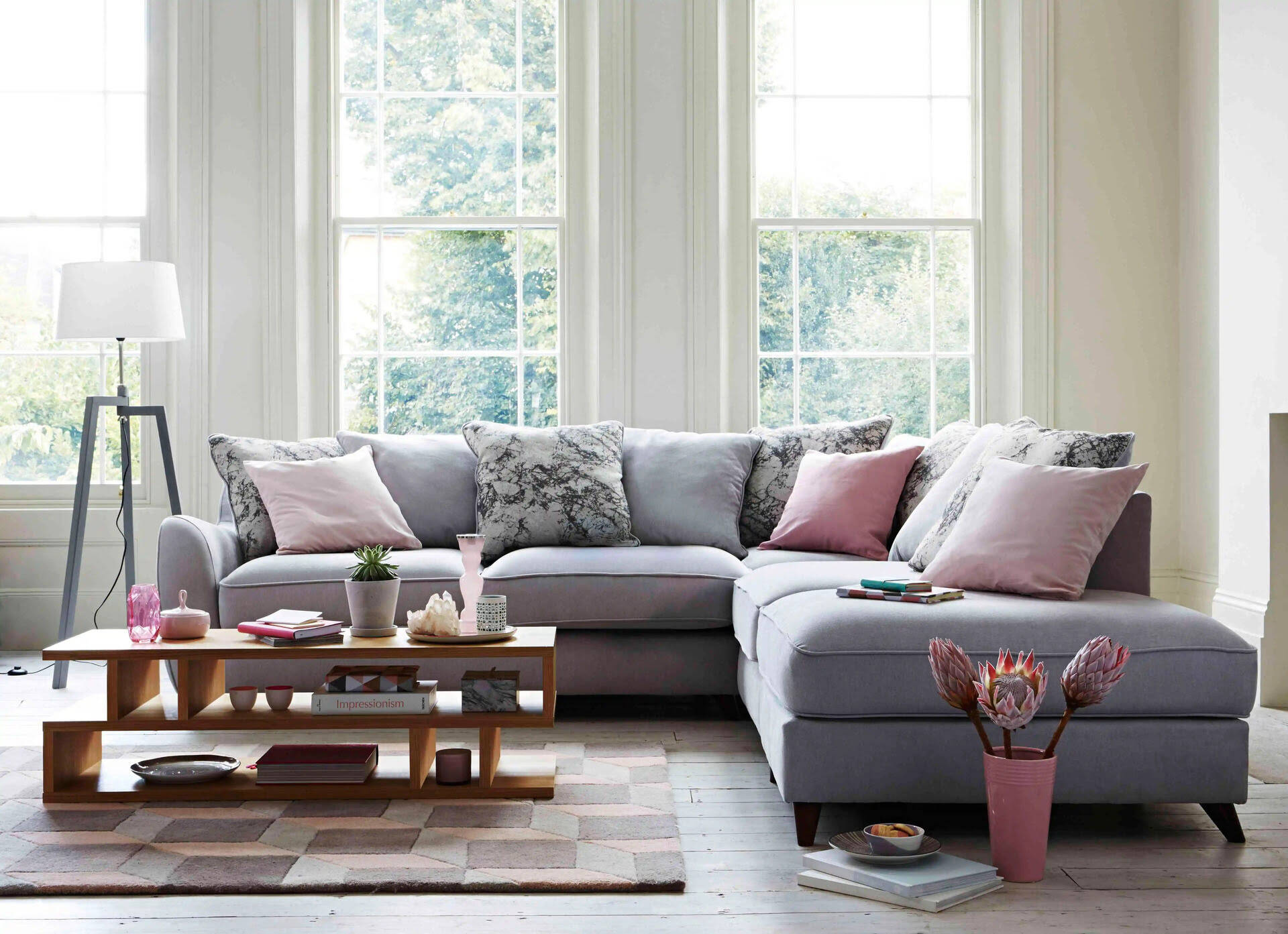
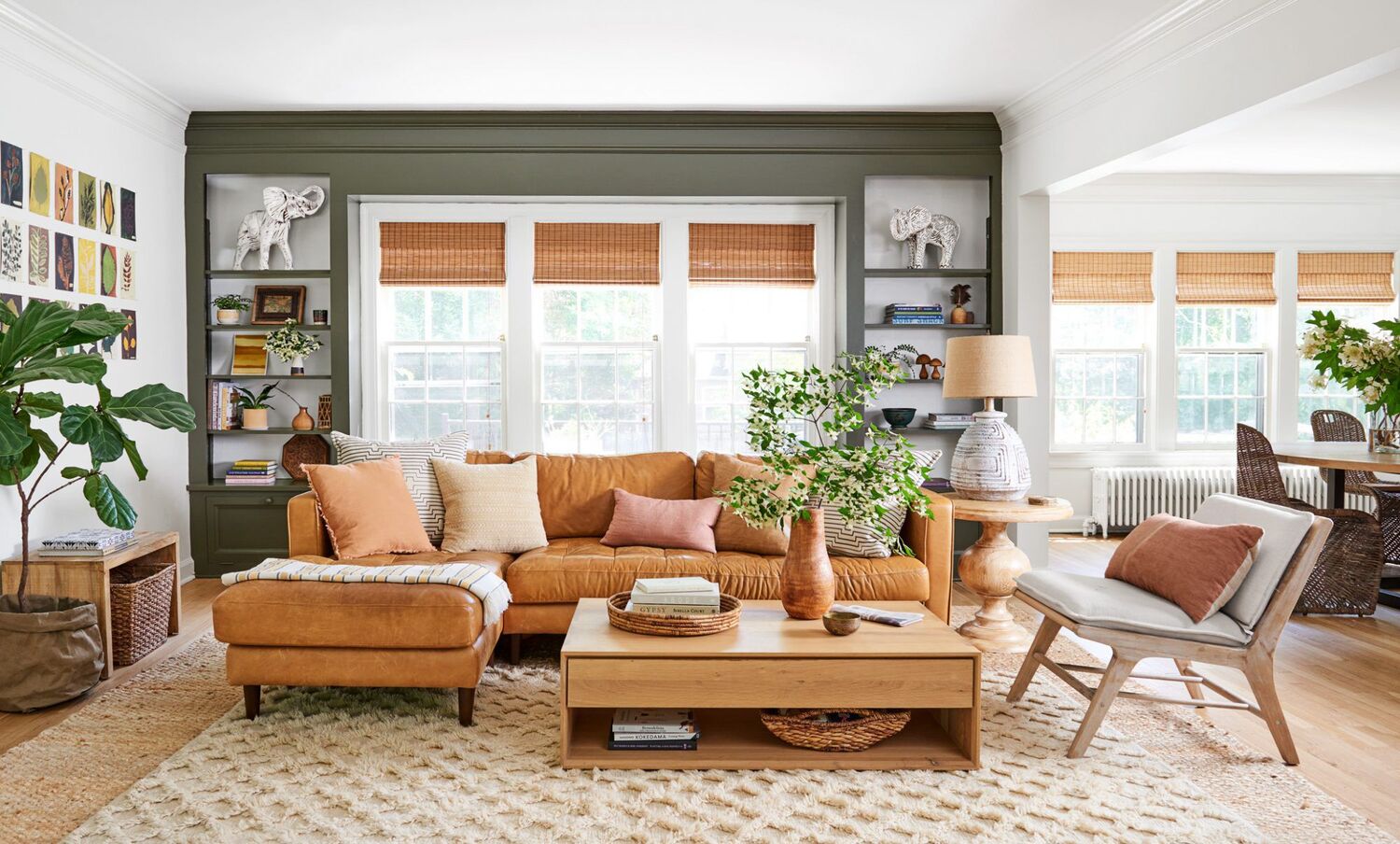
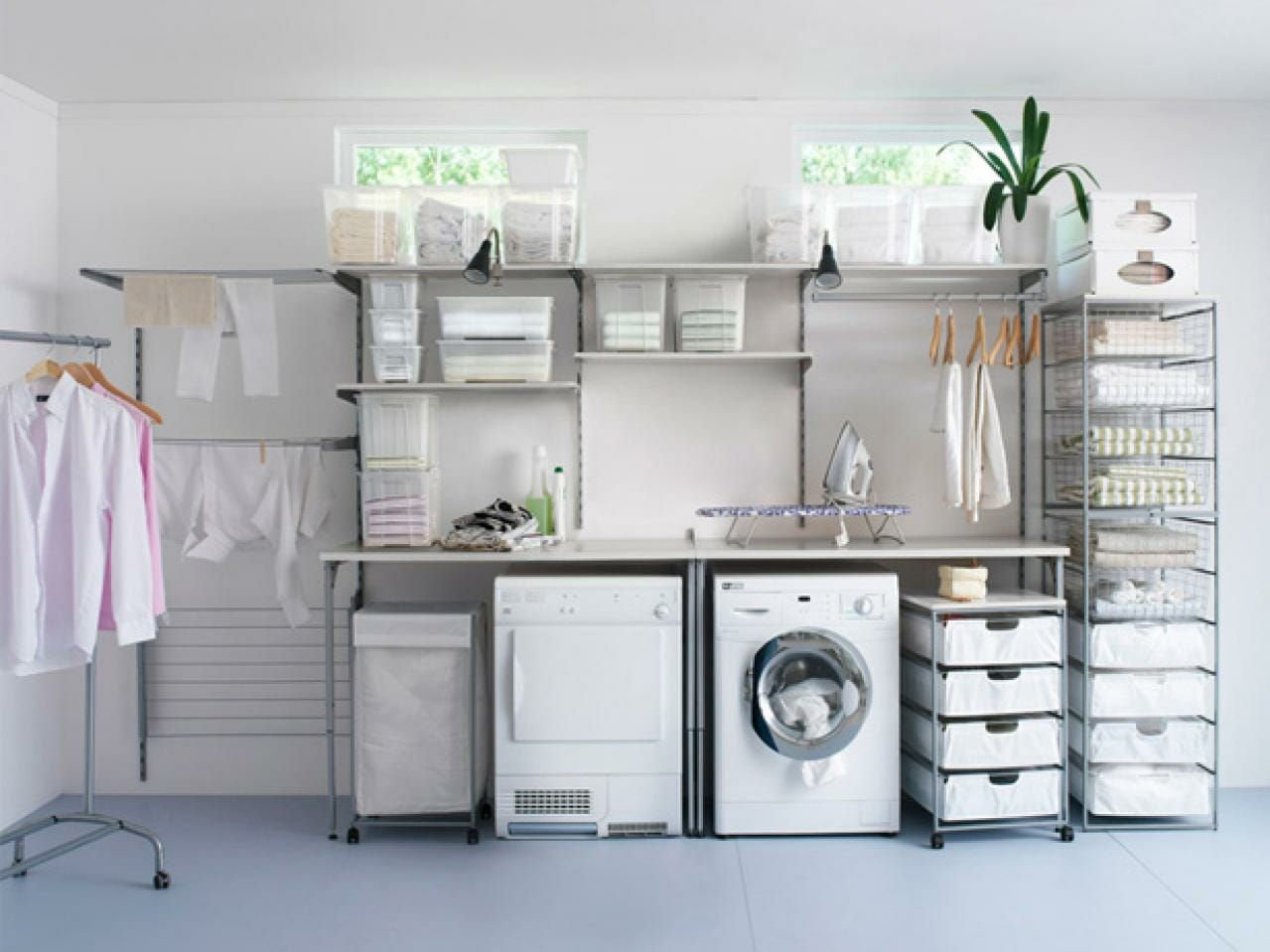
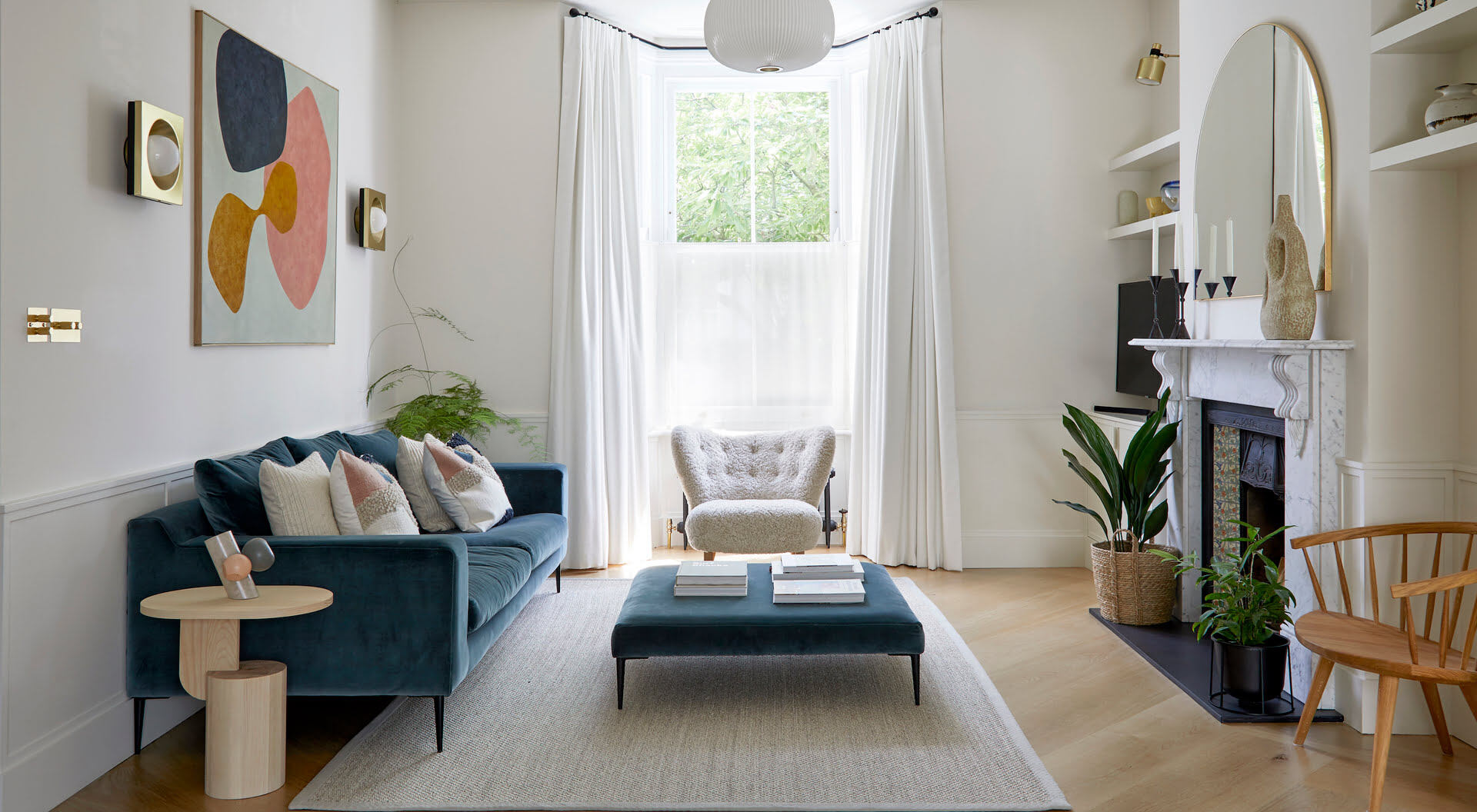
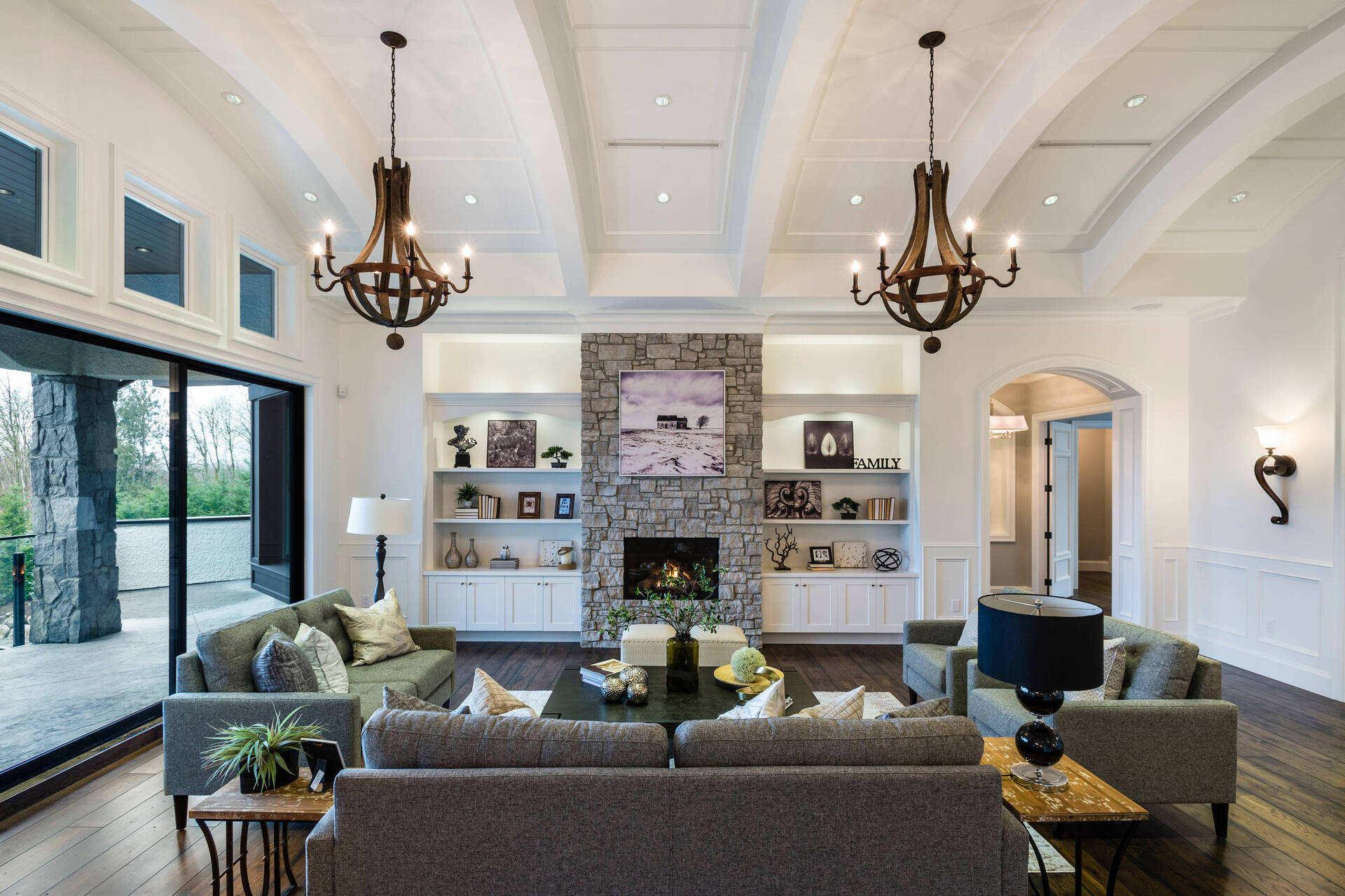

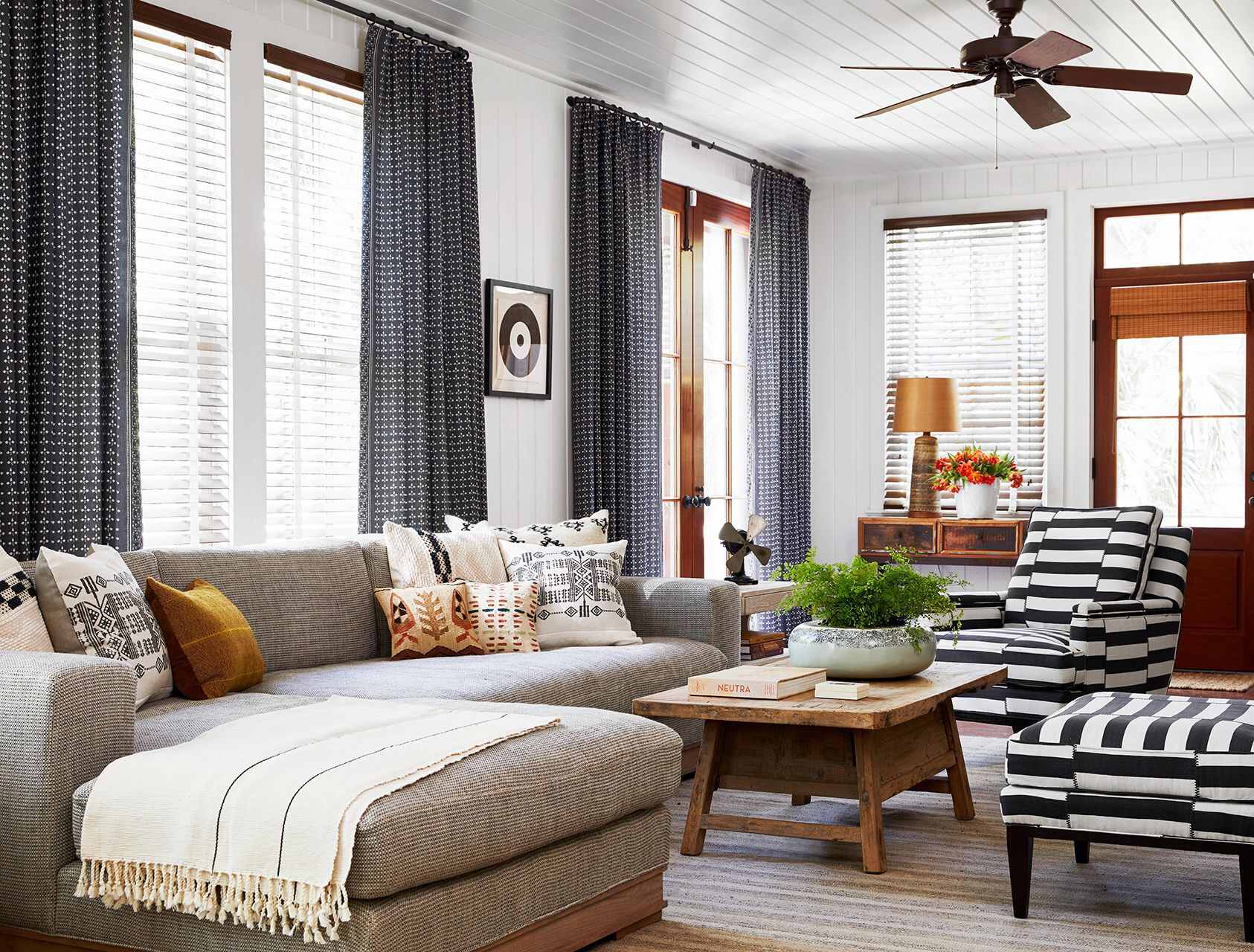
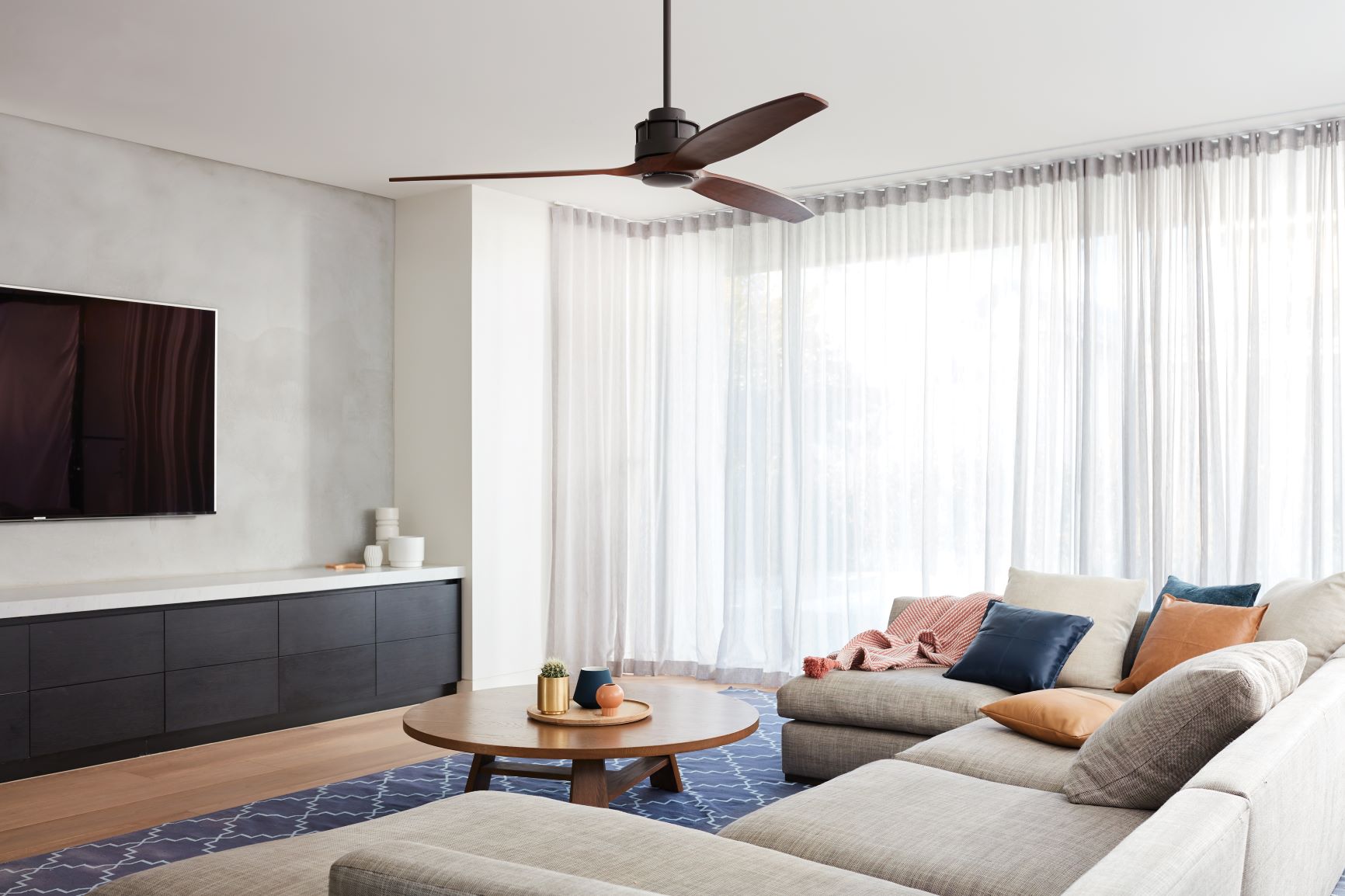
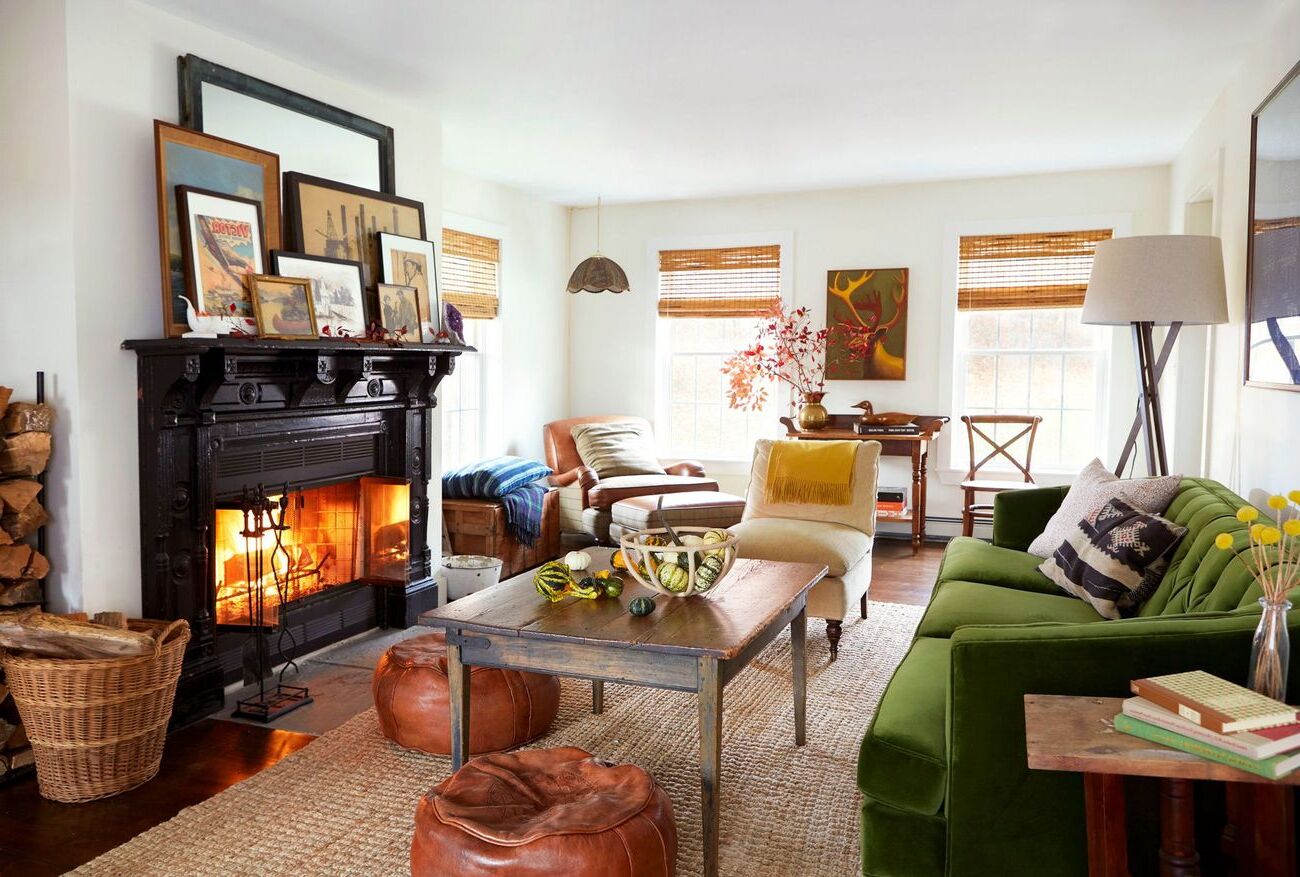
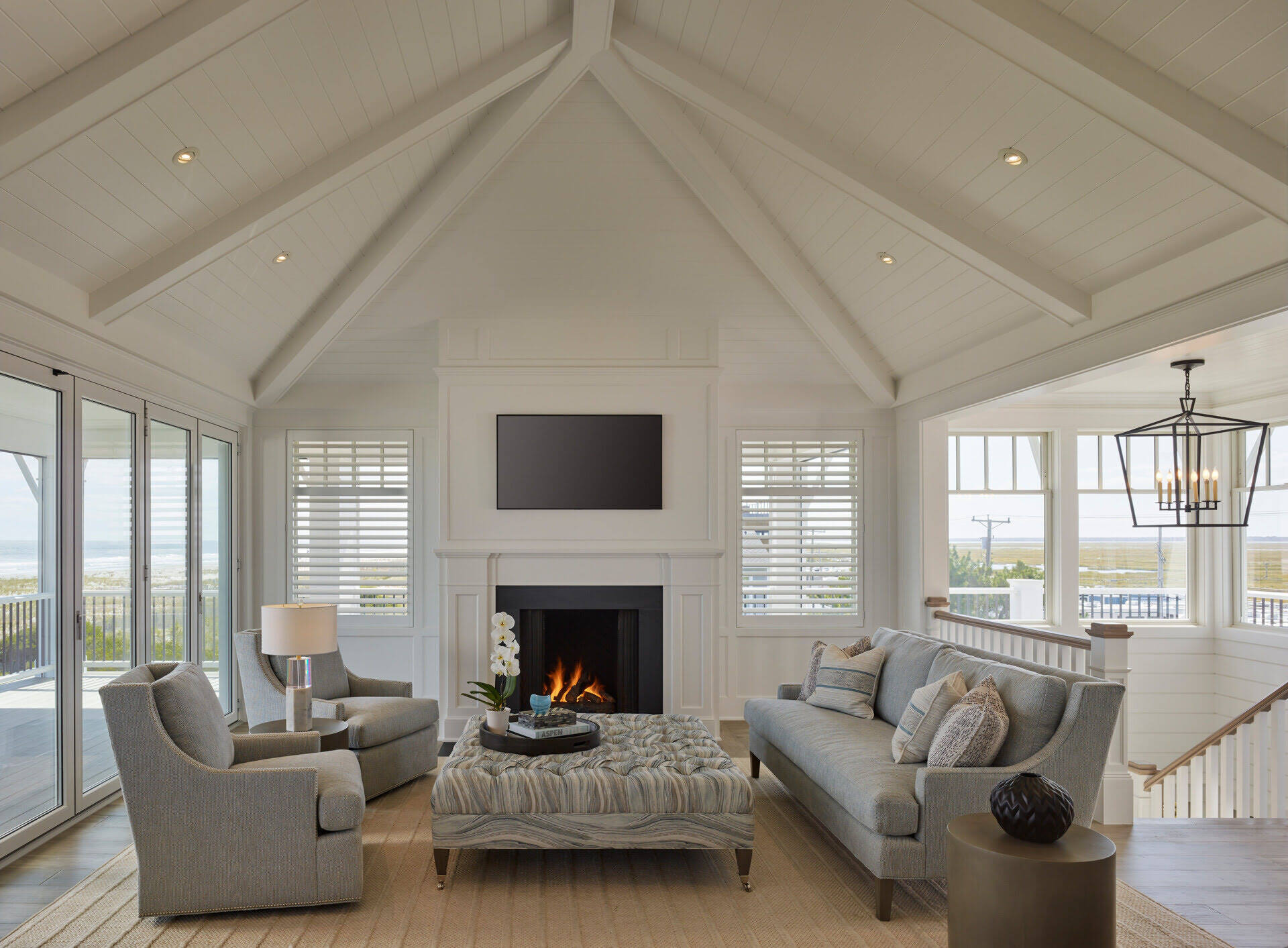

0 thoughts on “20 Design Ideas For Ceilings That Add Character To Rooms”